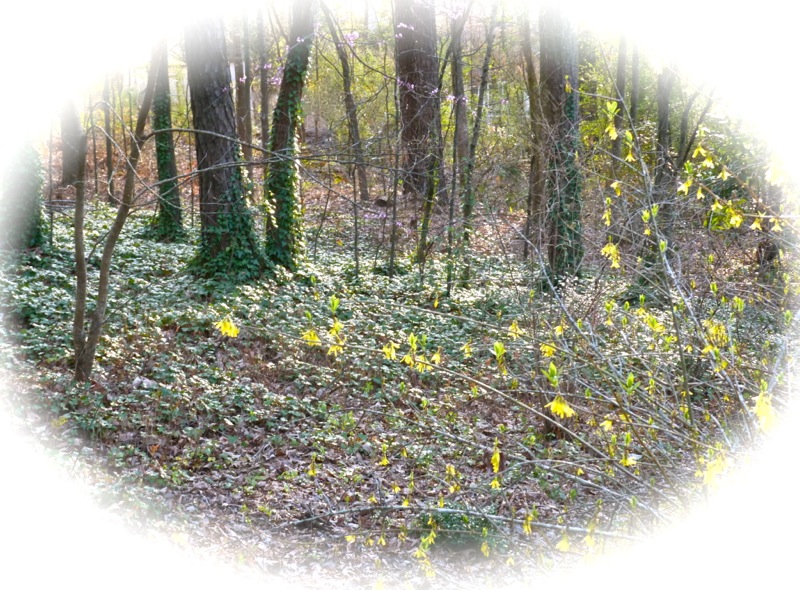I Love Yew
 Saturday, February 25, 2012 at 5:00AM
Saturday, February 25, 2012 at 5:00AM I fell in love with yew years ago when I visited a garden with an enchanted path meandering through a tunnel of yews. The deep green plants were vase-shaped, growing upright with upper branches that arched over the path. The understory was planted with all sorts of ground covers and woodland plants. It was a cool and leafy passageway that eventually opened to a sunlit grassy area with perennial borders and a pond. The image is still vivid in my mind. I have never recreated the scene in my garden, but I have planted some yews which are beautiful in their own setting.
There are many yew cultivars. Some are tree form, growing to over sixty feet tall. Others are low growing spreaders that make good ground covers. Many are shrub-like and can be clipped into hedges. There are English yews, Taxus baccata, and there are Japanese yews, Taxus cuspidata. And then there are combinations of the two, Taxus media.
All yews have short, flat needles that are dark green on top with lighter green undersides. New spring growth is a fresh green color.The plant is evergreen and looks best when combined with lighter shades of green and colors such as gold, silver, blue, and burgandy. The following photos show how the deep color of yew combines with the chartreuse of my moss path, as well as the lighter foliage of the Japanese maple 'Waterfall', shown in the first shot.
New spring growth is a fresh green color.The plant is evergreen and looks best when combined with lighter shades of green and colors such as gold, silver, blue, and burgandy. The following photos show how the deep color of yew combines with the chartreuse of my moss path, as well as the lighter foliage of the Japanese maple 'Waterfall', shown in the first shot.
Yews like sun to shade and once established are drought tolerant, growing in hardiness zones 4-9, depending on the cultivar. They like well drained, neutral soil. Emphasize the well-drained part. Usually yews are unbothered by disease or insects, though occasionally scale, weevils, or root rot may affect them. Yews don't do well everywhere on my property. In fact, I have killed several by planting them in clay soil. But in a particular part of the Woodland Garden the soil is rich and deep and nearly the color of charcoal. Here I planted two low growing, spreading yews, Taxus Baccata 'Repandens', and they have thrived. After about five years the two cover an area of about fifteen feet. They anchor a corner of the woodland's main planting bed and provide year round structure to this part of the garden. One can see them in the lower right corner of the following photo, taken in March 2010, before most other plantings in the area had leafed out or begun to grow.
Be aware that all parts of the yew plant are poisonous. Female plants may produce attractive red berries if a male yew is in the area. If yews grow too large or ungangly, they can take severe pruning, but thus far I have not pruned mine. They truly have been low maintenance plantings. I can't help loving yew!
 Permalink
Permalink 

